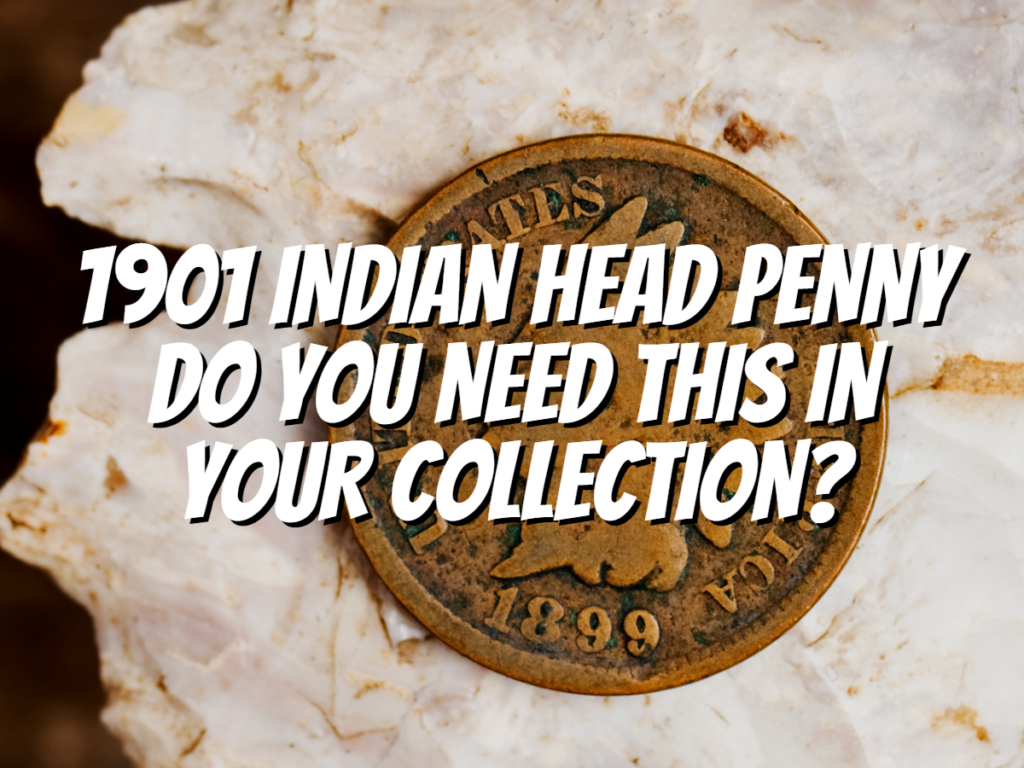For many coin collectors, one of the most desirable coins is the 1901 Indian Head penny.
This well-known coin’s fascinating history makes it an interesting addition to your collection.
Let’s look at what a 1901 Indian Head penny is, its grading system and value, and some tips on buying one of these rare coins!
What is a 1901 Indian Head Penny?

One of the last few iterations of the Indian Head cent series is the 1901 penny.
To complete any collection, collectors need to obtain coins from this year, so doing so is crucial.
Of course, obtaining one of these coins in superb condition is even more crucial.
However, since they are over 100 years old, finding a 1901 Indian Head Cent in good condition is not so simple.
History of 1901 Indian Head Penny
The Indian head coin’s history can be traced back to 1857 when copper’s rising price made it challenging to manufacture copper coins.
James Snowden, the then-director of the Mint, claimed that producing copper coins cost the Mint a lot of money.
The weight and size of the pennies in circulation decreased, and production of the half-cent coins was stopped.
The Mint unveiled a new cent coin with a flying eagle on the obverse in the same year.
The flying eagle, however, was only traded for two years, and only about 2000 specimens were produced due to production issues.
1901 Indian Head Penny Grading System
The 1901 Indian Head penny grading system determines a coin’s quality, value, and rarity. The better it grades, the more valuable it becomes.
Several things cause coins to be in high demand despite their low value. Here are how these coins are graded:
Uncirculated
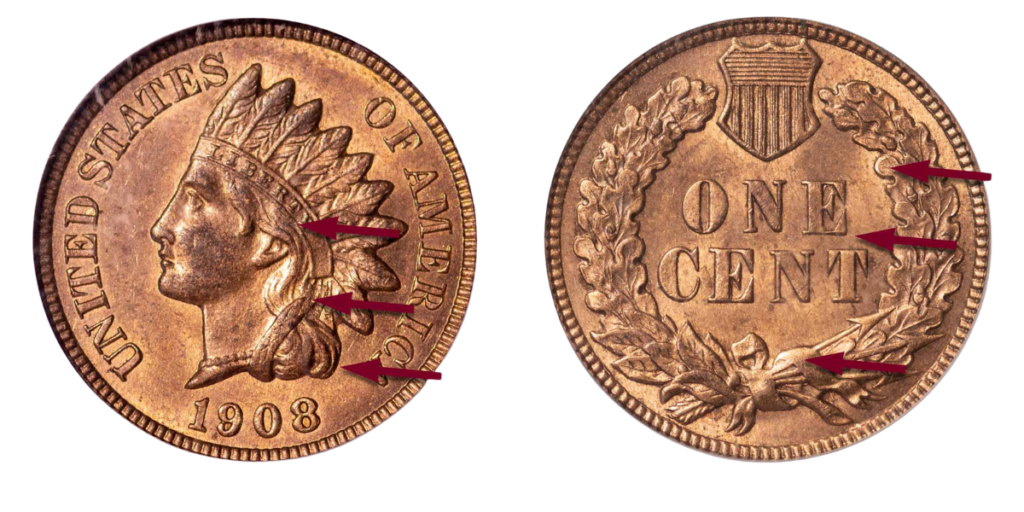
It took hardly any time for an Uncirculated Indian Head Penny to change hands.
Because of this, the imagery and texture of these coins will be well-preserved and unaltered.
The only minor flaw in 1901 Indian Head Pennies is that, over time, some of their original lusters will have faded.
Extremely Fine
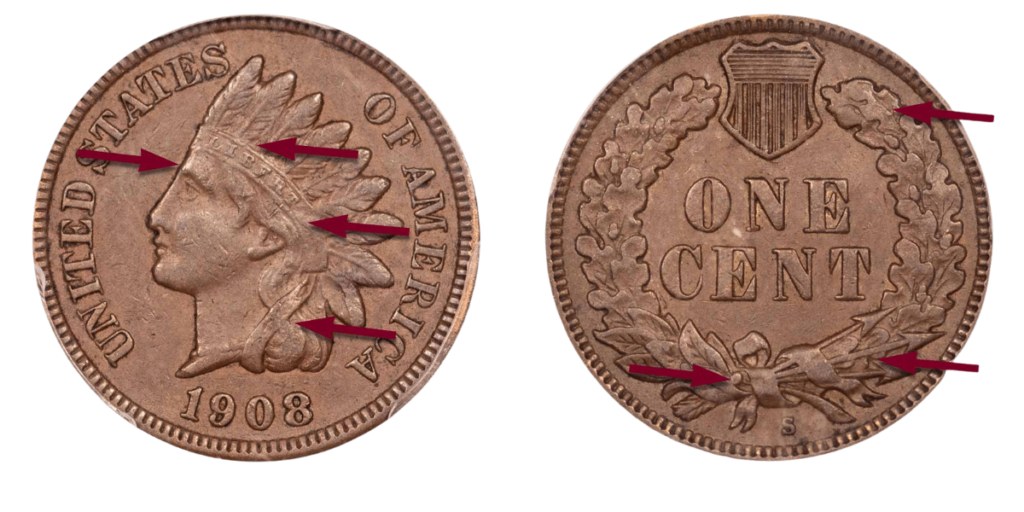
Extremely Fine Indian Head Pennies were only in circulation for a short while.
Although these coins initially seem in perfect condition, closer examination reveals some scratching and other wear on the coin faces.
However, Extremely Fine 1901 Indian Heads generally has few aesthetically problematic aspects.
Fine
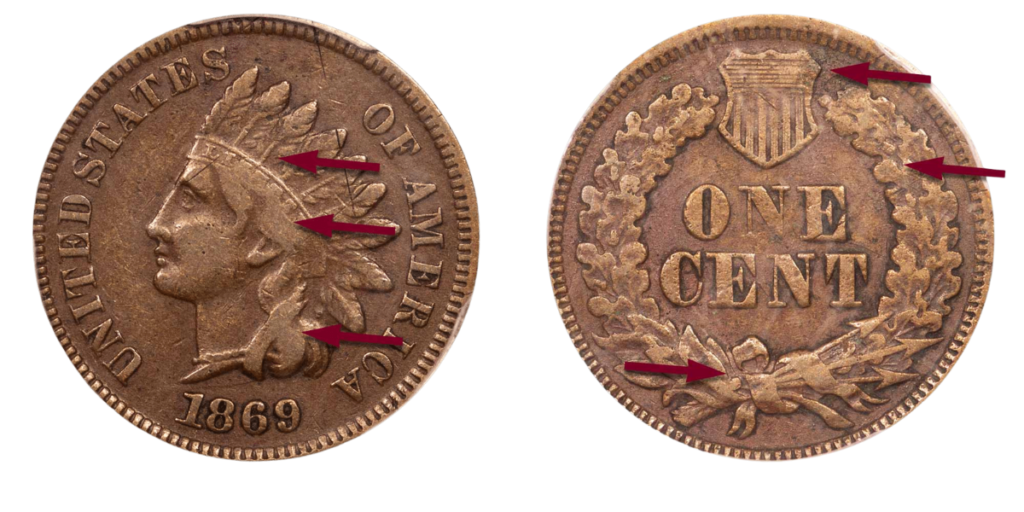
A coin that spent considerable time in circulation deserves a Fine grade.
These coins will have experienced significant deterioration over time, and some texture will have been lost.
Ultimately, it will be possible to fairly easily distinguish the imagery on these coins with the unaided eye.
Good
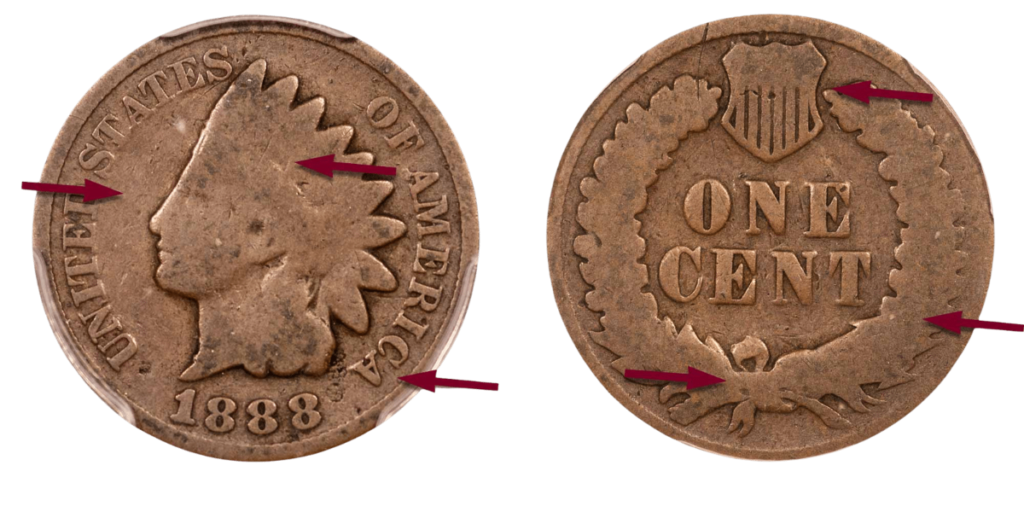
The 1901 Indian Heads that are in good condition have experienced significant wear.
Plenty of wear indicators will be on the coin, such as scratching, chipping, or the reality that it is bent.
Even though these 1901 Indian Heads are the best of the worst, collectors still value them highly.
Is the 1901 Indian Head Penny Valuable?
You must first consider the coin’s condition when dealing with coins older than 100 years, such as the 1901 Indian Head.
Collectors are ready to pay quite a bit for these coins if they are in excellent condition.
The price you pay will almost always depend on the grade of the coin in question.
Is it Worth it to Collect a 1901 Indian Head Penny?
The answer is yes! This particular coin is over a hundred years old and a part of history!
Many collectors are interested in the 1901 Indian Head because it represents American minting history.
Unfortunately, as a result, these coins are becoming harder to find each year, so it’s crucial to get your hands on them now.
Before you go…
If you’re interested in collecting Indian Head Pennies, it’s worth considering a 1901 Indian Head Penny. It’s not rare, but it could be worth more than other early pennies. I hope this article has helped you answer your questions, and I wish you luck in your coin-collecting adventure!
Check out my next article: “2004 S US Mint Silver Proof Set – Do You Need This In Your Collection?“
Related Articles:

